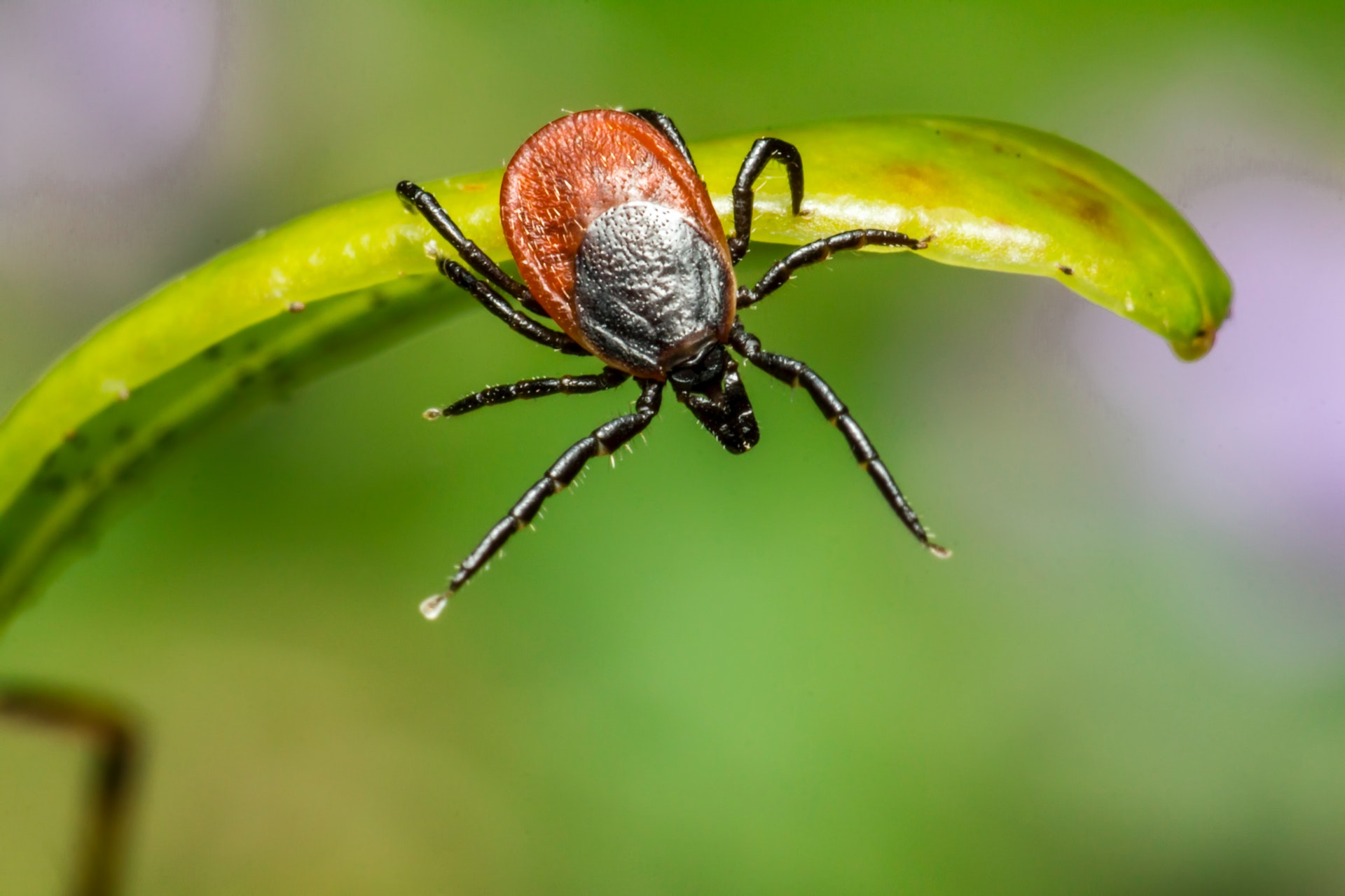The so-called “tick bite” generally occurs during the spring and summer months when the ticks come out of winter hibernation in search of a host to parasitize. Today we’re going to cover tick-borne diseases and what not to do when bitten.
The bite is not in itself dangerous for humans. Health risks, on the other hand, depend on the possibility of contracting infections transmitted by these animals as vectors.
—
The etiology of these vector diseases includes several microorganisms: protozoa, bacteria and viruses.
The infectious diseases carried by ticks that have epidemiological relevance in our country are mainly:
tick-borne meningoencephalitis or Tbe (caused by a virus of the genus Flavivirus)
Lyme disease, (caused by the bacterium of the genus Borrelia)
rickettsiosis (Rickettsia conori Mediterranean button fever)
tularemia (due to the bacterium Francisella Tularensis)
Most of these diseases can only be diagnosed clinically. They can usually be treated with adequate antibiotic therapy but rarely (up to 5% of cases) and in elderly people or children these infections can be life-threatening.
Tick-borne diseases and what not to do when bitten
There are some precautions to significantly reduce the chance of coming into contact with ticks, or at least to spot them quickly, before they can transmit a disease.
First of all, avoid touching thegrass along the edge of the paths, and in areas where it is high, try to pay due attention. Light-colored clothing should be worn to make it easier to spot ticks and cover the lower extremities, using long pants and boots as well as a hat. At the end of the excursion, it is advisable to brush the clothes before taking them inside the houses. Then carry out a careful visual and tactile examination of your skin, your clothes and remove any ticks that may be present. Ticks tend to be localized preferably on the head, neck, behind the knees, on the hips
If detected on the skin, ticks should be removed as soon as possible as the probability of contracting an infection is directly proportional to the duration of the parasite’s stay on the host. In fact, only after a certain period (a few hours) in which it is firmly anchored to feed, does the tick regurgitate part of the meal, inoculating any pathogens into the host’s blood. However, it should be borne in mind that only a percentage of individuals carry the infection.
Removal
What not to do:
Never use to remove the tick: alcohol, gasoline, acetone, trichlorethylene, ammonia, oil or fat. Not even red-hot objects, matches or cigarettes to prevent the induced suffering from causing the regurgitation of infected material.
What to do:
The tick should be grasped with fine-tipped tweezers, as close to the surface of the skin as possible. Then it must be removed by pulling gently trying to make a slight rotational movement. Currently, specific extractors can be found on the market that allow you to remove the tick with a rotary movement during removal.
It is essential to be extremely careful not to crush the tick’s body. To avoid regurgitation which would increase the possibility of transmission of pathogens, disinfect the skin before and after removing the tick with a non-colored disinfectant. After the tick has been extracted, disinfection of the area is indicated, avoiding disinfectants that color the skin. For example, do not use iodine tincture, avoid touching the tick with your bare hands in an attempt to remove it. Hands must be protected with gloves and then washed.
Often the rostrum remains inside the skin: in this case it must be extracted with a sterile needle. It may also be helpful to note the date of removal and observe for any signs of infection over the next 30-40 days to identify any signs and symptoms of infection.
Always and in any case contact your doctor if you notice a reddish halo that tends to widen or fever, headache, weakness, joint pain, swollen lymph nodes.
It is strongly not recommended to take antibiotics except on prior medical advice, in order to avoid possible masking of symptoms.
(We remind you to carefully read the warnings regarding this article, which can be consulted WHO”)–
–


